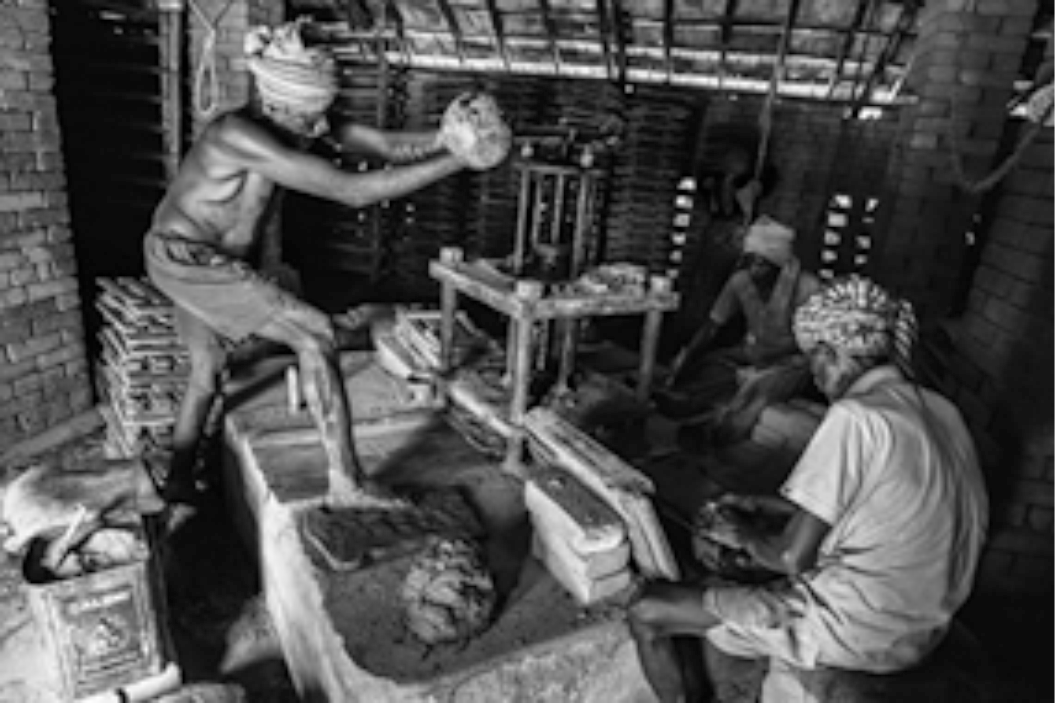
Earthen Tiles - A Vanishing Art
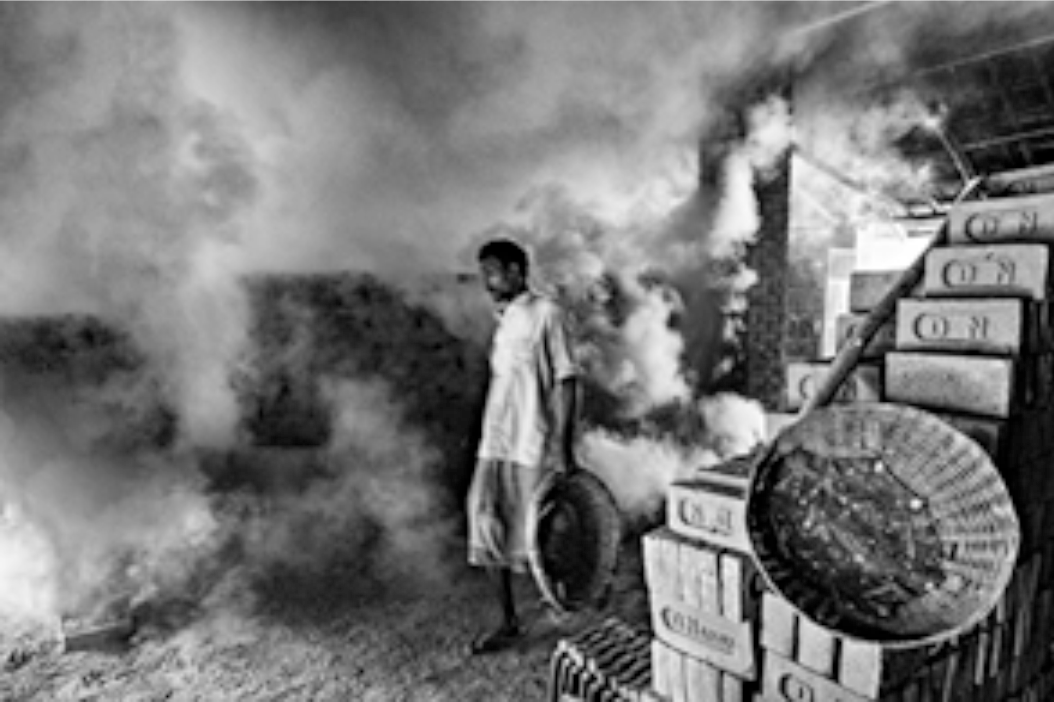
Photography has many roles to play, ranging from snapping profiles of human face to capturing ‘decisive moments’ at the streets, documenting a political statement of a particular time, to capturing the endless wonders of nature and mother earth. I feel
fortunate enough to have donned some of those roles as a photographer. This photo series is a part of my ongoing projects on dying A arts. This is a social documentary of a group of people in the rural part of West Bengal, keeping the flame of a dying industry alive by making it their main pre-occupation for at least three quarters of a year.

I am talking about a few handful of contract labourers like Mohinder of a village in West Bengal's Bardhaman district, who are still engaged in the manufacturing of earthen roof tiles, an industry that is dying fast in the age of modern concrete re-enforcement structures. While documenting the process of making earthen tiles the story of their
simple life and hardships got engraved into my photographs.
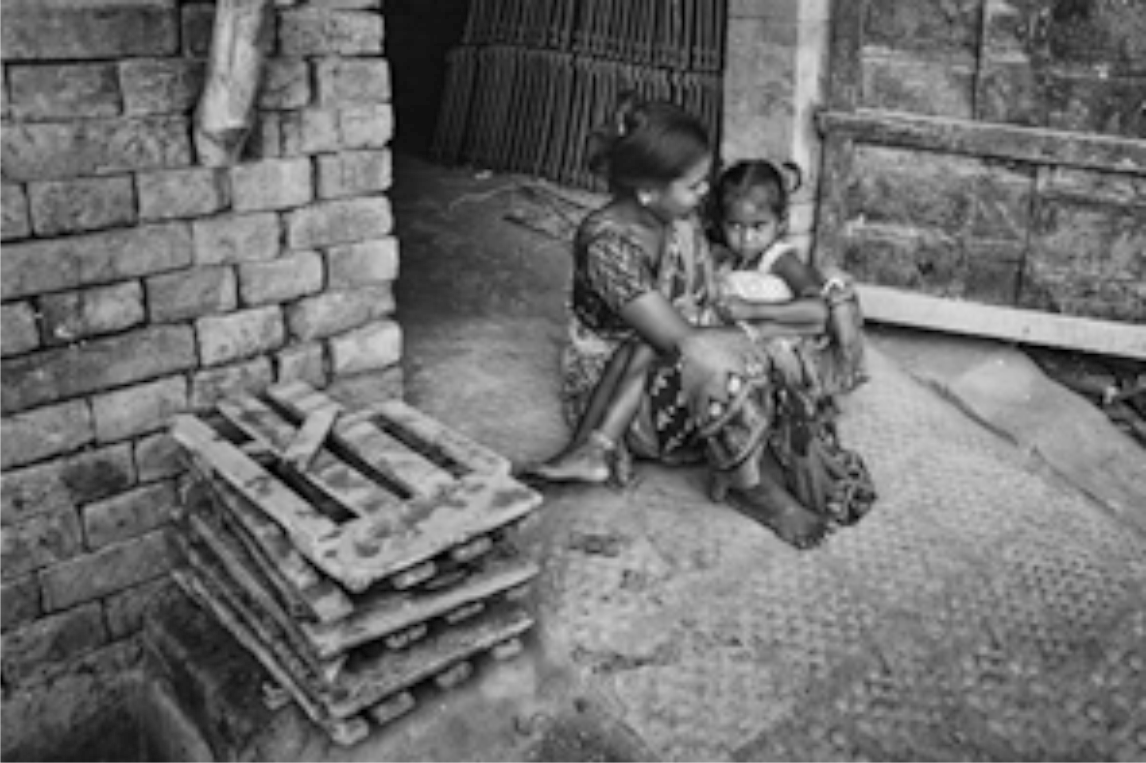
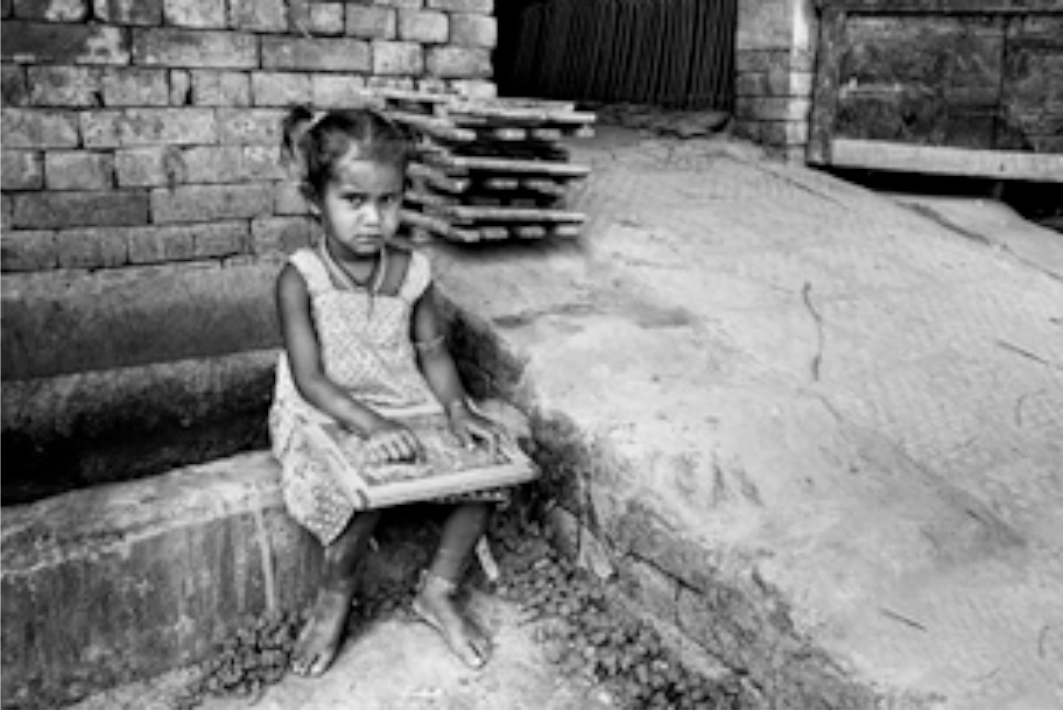
Even a few decades back, we could witness earthen or roofing tiles even in the suburban or villages. But as we drifted away from nature with the passage of time, the popularity of modern concrete structures has pushed the usage of earthen roof tiles into the oblivion. The entire design of the domestic dwellings of Bengal's villages has been changing so fast that now one can count with the fingers how many earthen-roof-tiles houses are there in a village!
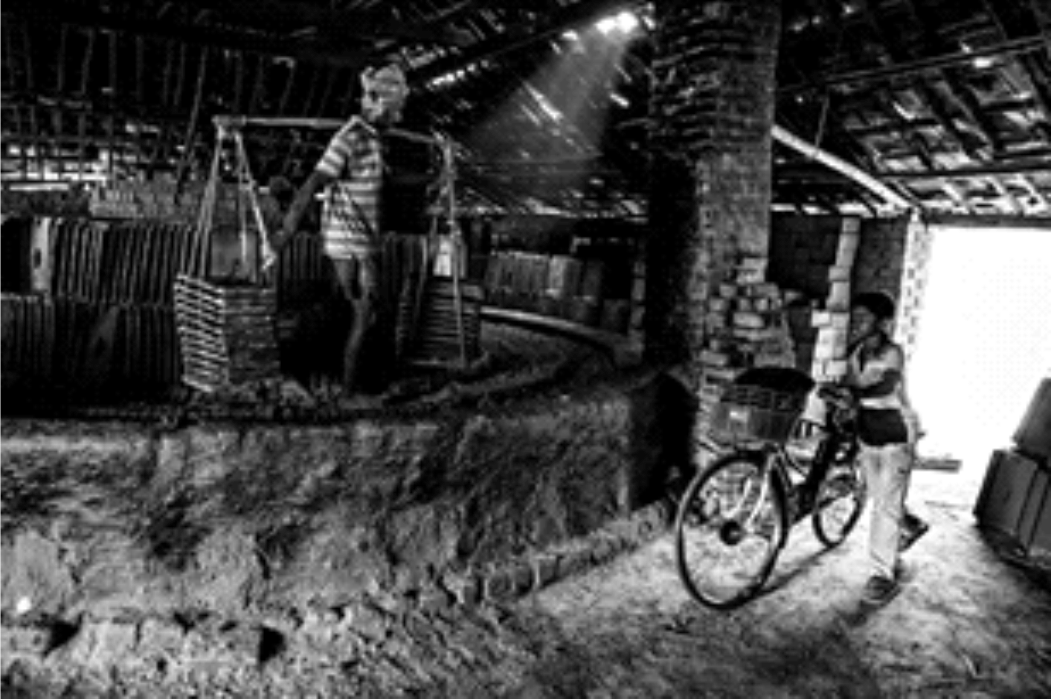
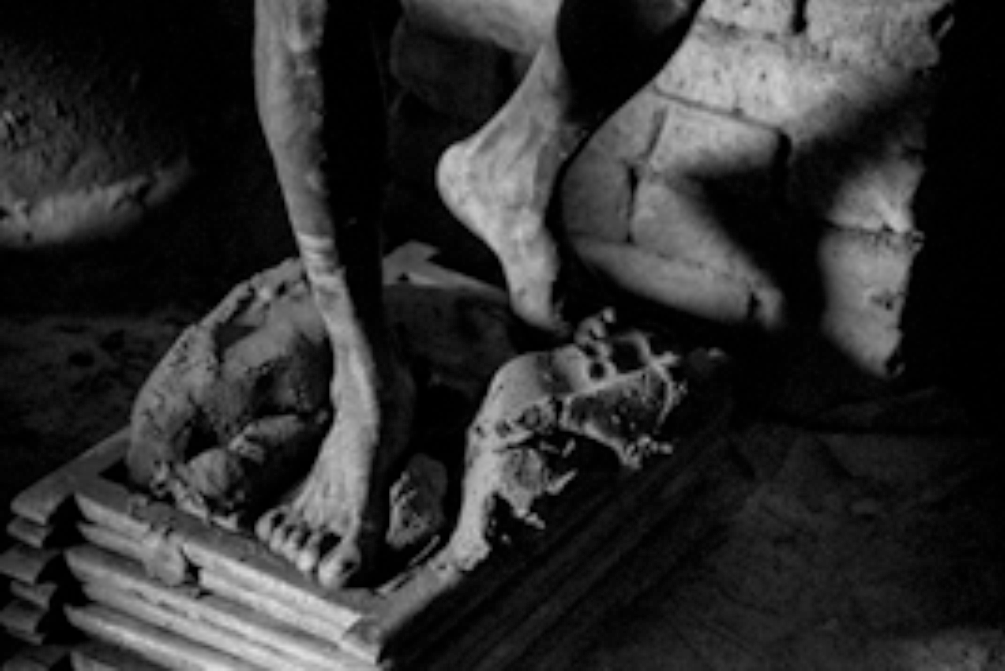
As a photographer, I felt attracted to enquire about the tile making i n d u s t r y a n d t h e p e o p l e a n d t h e i r l i f e a t t a c h e d t o i t . I got an opportunity to delve into the life of a small community of migrant labourers, who are still carrying on this iconic ancient art of Bengal.
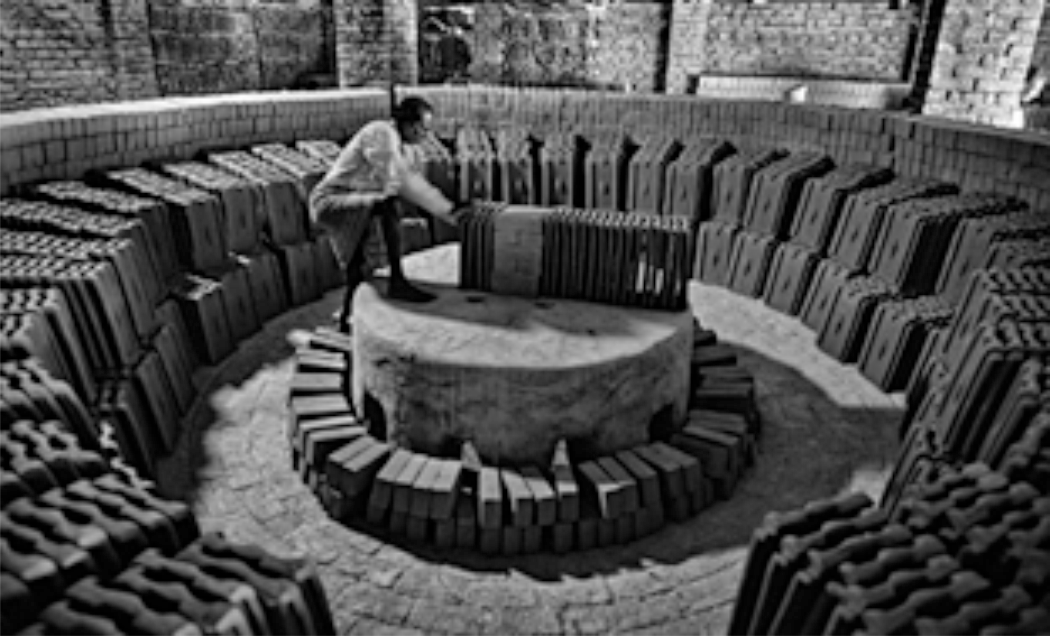

With meagre earning and tremendous physical hardships in an occupation that remains redundant for almost a full quarter of a year, these men and women are the missing links to these earthen roof tiles that once was the hallmark of Bengal's village huts.
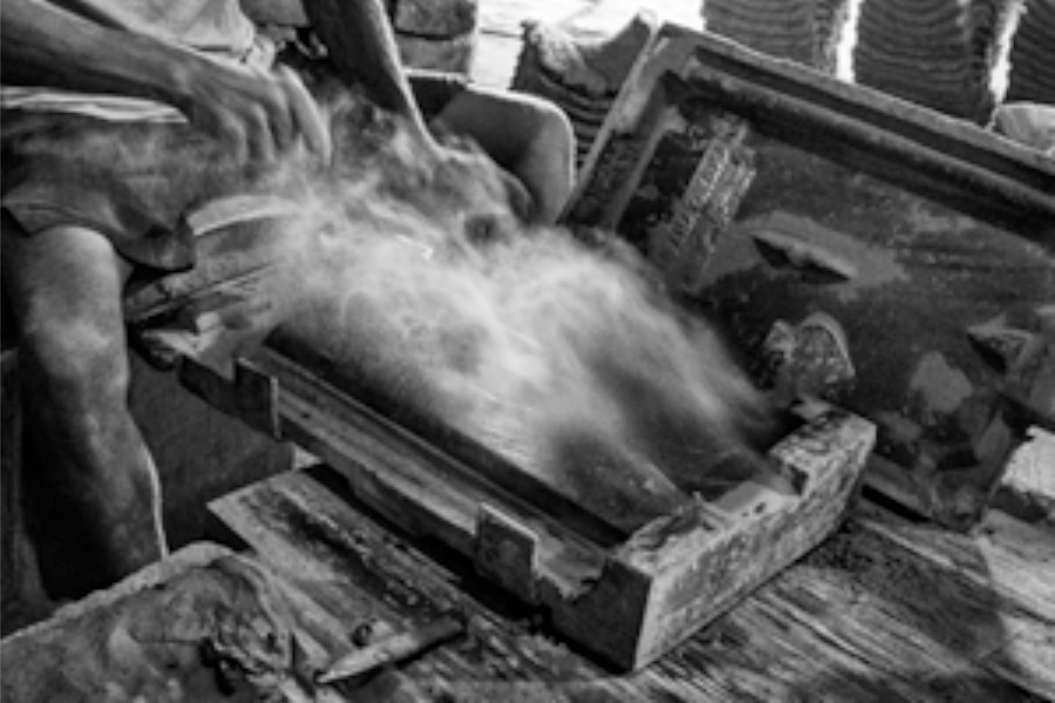
These tile factories form both the tiles and the lives of the next generation, as the entire family of these labourers comes with them to stay at the premises, at times getting involved in the entire process.
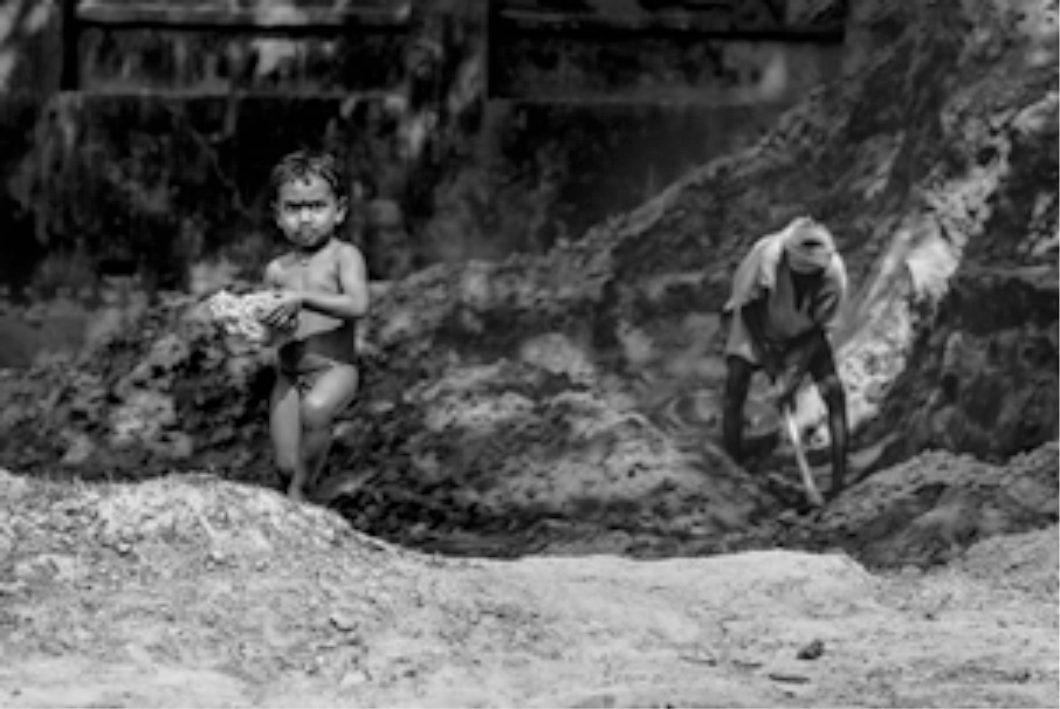
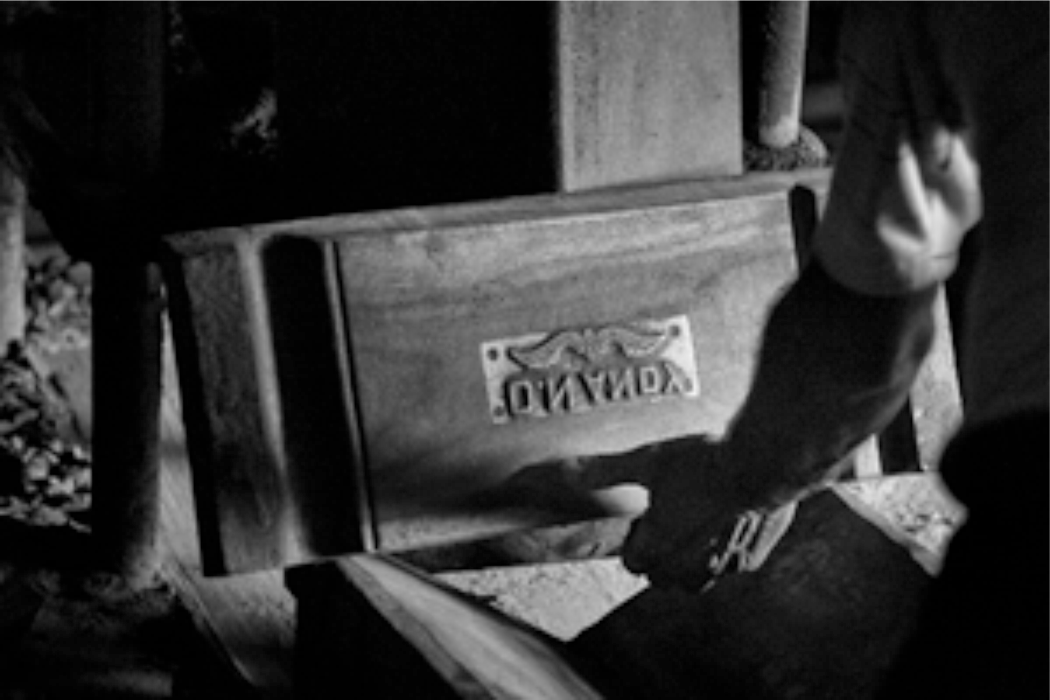
For toddlers, like Surjyo and Barsha, childhood is only the precursor of the hardship that lies ahead. When we talk about a sustainable way of living, can we think about how can these earthen tiles be used in ways that can make life better for us and easier for these community and their next generation?
Author's Details:
Dr Anjan Kumar Kundu,an Electronics Engineer and the Professor of Calcutta
University. Dr Kundu cherished his passion for photography since childhood. Despite the
busy schedule in his professional life, Dr Kundu's passion for photography earned him
many international recognitions and awards. He is a regular contributor in several
international magazines including NatGeo Daily Dozens. Members and friends of PCI
have enjoyed many CCU (Coffee Camera and You) sessions with Dr Kundu sharing his
experience and explaining the nuances of photography.


Post a comment